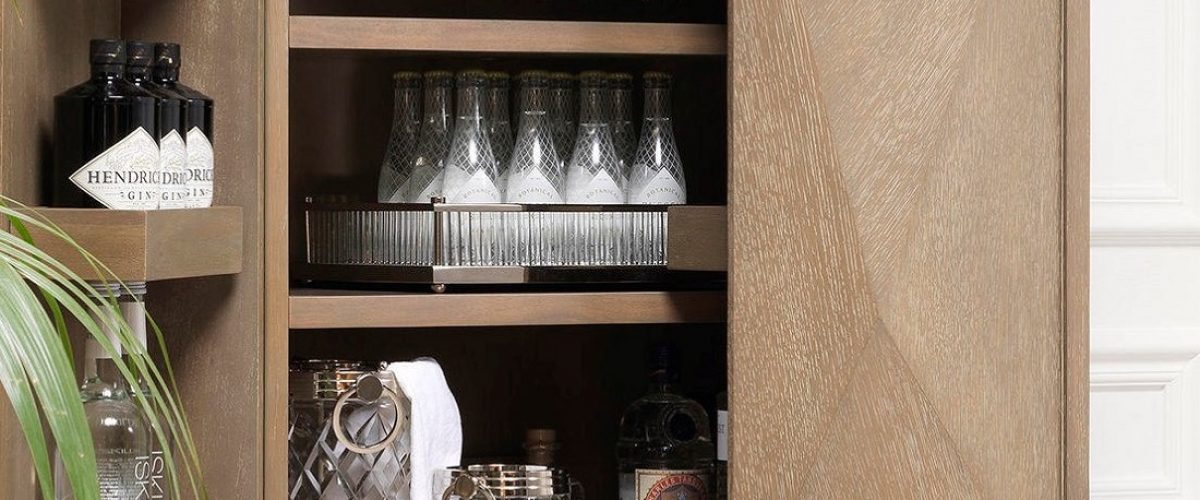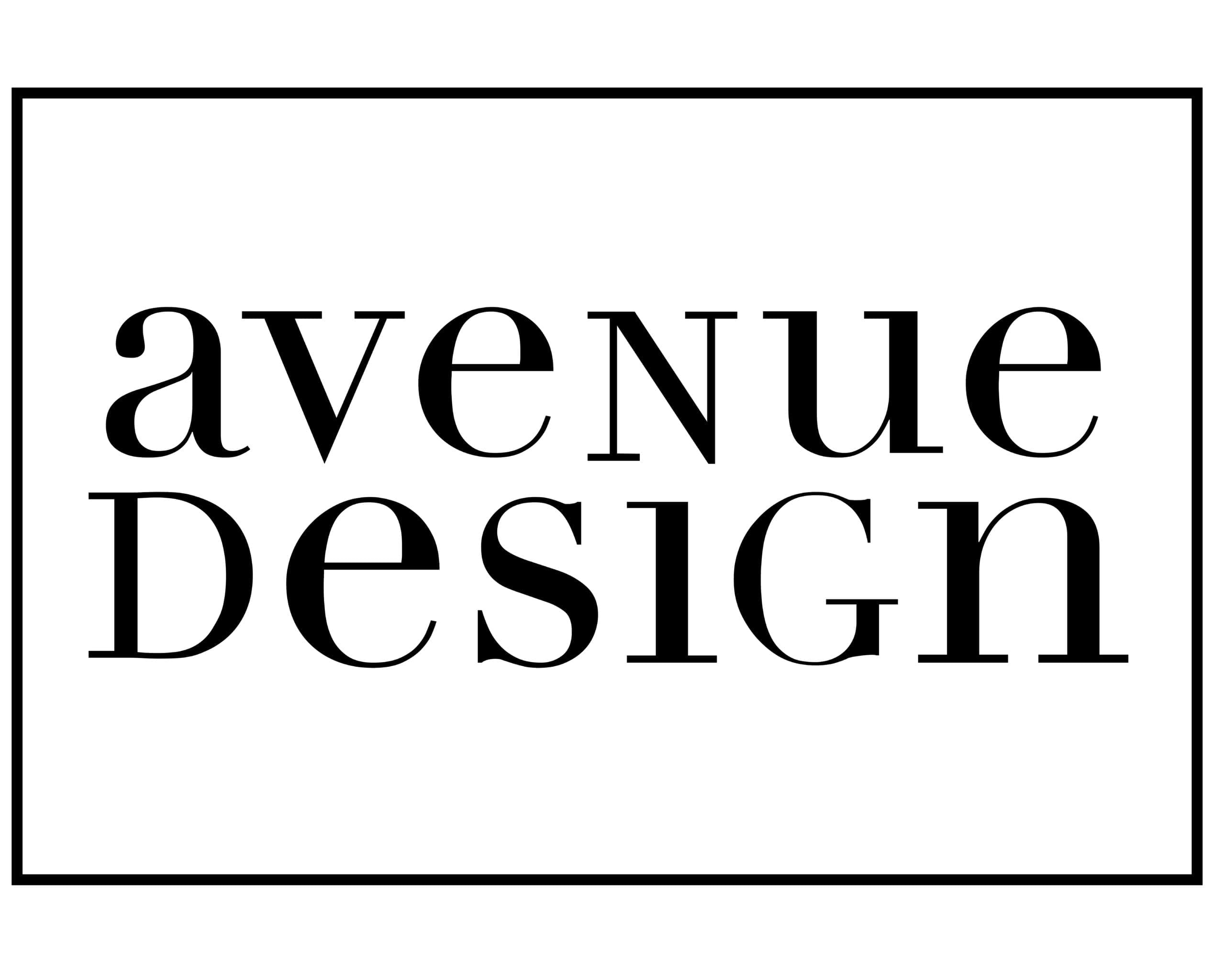Congratulations on your recent purchase of a natural wood product from Avenue Design. It is important to know a few things about the care and maintenance of this product. Please take a few moments to read some safety care tips for your new product.
HUMIDITY AND TEMPERATURE CHANGE
Frequent and sudden changes in relative humidity are especially problematic. This will result in the bending, warping & cracking of your wood furniture.
- Wood is most likely to crack when the climate in a home changes suddenly from hot and humid to cool and dry.
- Excess heat and dryness can cause wood to split and crack.
- Place furniture away from all heat sources such as radiators, heat runs or fireplaces.
- If you must place furniture near an air duct, avoid direct exposure to the air flow.
- Store table elements (such as leaves) as close as possible to the table so they adjust to the same humidity conditions.
- Winter is a particularly harsh time for wood furniture and often results in crack when the surrounding environment is excessively dry. Take extra care of your wood furniture during this time.
AVOID DIRECT SUNLIGHT
The ultraviolet rays of the sun will damage a finish and bleach the wood underneath.
- Prolonged exposure to sunlight can cause the finish to crack.
- Uneven exposure to sunlight will cause your furniture to look paler on those areas that are exposed.
- Try to keep furniture out of direct sunlight.
AVOID DIRECT HEAT, CHEMICAL EXPOSURE, SHARP OBJECTS
- Fingerprints, perspiration and oils can harm a finish over time, especially on chairs. Regular cleaning is highly recommended.
- Plants and flower nectar that touch the finish can also cause permanent stains.
- Placing hot items on furniture can cause a chemical change in the finish which results in white rings or spots. Always use heat resistant pads when placing hot dishes on wood.
- Clean spills immediately.
- Placing objects such as lamps and decorative items directly on wood can result in unwanted scratches and discoloration. Place felt pads under these objects and rotate their position from time-to-time.
UPHOLSTERY AND LEATHER FURNITURE
Rotate cushions and pillows weekly to evenly distribute wear. Vacuum upholstery weekly, using the upholstery & crevice tool of your vacuum to remove loose particles. Periodic cleaning by a professional upholstery cleaning service is the only recommended cleaning method for your upholstery, including furniture base beneath slipcovers.
Annual cleaning is suggested, but this may vary depending on use. To prevent possible bleeding of ink onto fabric, do not leave newspapers or other printed materials lying on upholstery. Take special care when spraying household chemicals and commercial products near upholstery. Avoid placing your furniture in direct sunlight. All fabric and leather will fade over time. Applying non-commercial scented fabric fresheners, neutralizers and fabric protectors is never recommended.
SPILLS & SPOT CLEANING
In some cases, spot cleaning can cause a ring or fading. It is best to have the entire piece or cushion casing cleaning by a professional upholstery cleaning service to ensure uniform results. If you decide to spot clean on your own, check the standard cleaning code below, to determine the correct type of product to use.
- Always BLOT – never rub – spills immediately with a clean, absorbent white cloth. Blot from the outside to the middle of the affected area to prevent rings.
- Pile fabrics may require brushing with a non-metallic, stuff bristle brush to restore appearance.
- Follow the cleaning code below. Always pre-test cleaning agents in a small inconspicuous area. Never use strong chemicals or detergents.
STANDARD CLEANING CODES
Industry standard cleaning codes indicate the correct cleaning method based on the type of fabric. To determine the cleaning code for your upholstery, please ask your designer.
- O: Spot clean in cold water using biodegradable detergent or eco-friendly soap; air dry. Organic dry cleaning is also recommended.
- W: Spot clean using distilled water and water-based cleaning agents or foam only.
- S: Spot clean with mild, water-free cleansing solvents only. Do not use water or dry clean.
- SW: Spot clean using distilled water and water-based cleaning agents, foam or mild water-free cleaning solvents.
- X: Vacuum or lightly brush to remove overall soil. Never use water, foam or liquid cleaning agents.
NOTE: For pre-washed fabrics upholstered onto the frame, follow the S cleaning code.
SLIPCOVERS
- Brush or vacuum at least once a month. Rotate cushions and pillows regularly. Protect from direct sunlight, which may cause fabric to fade unevenly.
- Immediately blot spills with a clean white cloth.
- Seat and back cushions should be reversed and/or rotated regularly.
DRY CLEAN ONLY SLIPCOVERS
- Use a reputable dry cleaner or professional upholstery cleaner.
- Always dry clean the entire slipcover for uniform results.
- Close all zippers and fabric tab fasteners prior to cleaning. As with clothing, some fading is to be expected.
LEATHER
- Clean periodically with a dry cloth to remove residual dust and prevent dirt buildup.
- Leather furniture should be protected from exposure to sunlight and heat, which may cause the leather to fade or lose its soft, supple feel.
WOOD FURNITURE
Avoid commercial cleaning products. Although the immediate results of a cleaning product may seem rewarding, the long term effects of its chemical composition with the wood, air and light may be very harmful.
Weekly cleaning is recommended. Use a clean cloth made of soft, lint-free cotton. Moisten the cloth with just enough water to make the dust adhere to it. The cloth should not be so damp that it wets the wood. Always wipe in the direction of the wood grain.
STONE CARE
Coasters should be used under all glasses, particularly those with alcohol or citrus content. Avoid placing hot items directly on the stone surface. Trivets or mats should be used under hot dishes and placemats under china, ceramics, silver or other objects that could scratch the surface. For calcareous (chalky) stones, many common foods and drinks that contain acids will etch or dull the surface.
Clean stone surfaces with a few drops of neutral cleaner, stone soap, or a mild liquid dishwashing detergent and warm water. Use a clean soft cloth for best results. Excessive cleaner or soap could leave a film and cause streaks. Do not use products that contain lemon, vinegar, or other acids or bleach on marble or limestone. The surface should be thoroughly rinsed after washing with the soap solution and dried with a soft cloth. Avoid the use of scouring powders or creams; these abrasives will scratch the surface.


